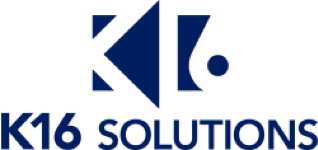Founded in 1875, Queen Margaret University was originally established to provide education for working-class women. From the start, the university’s goal was to make education more accessible for all. Today, Queen Margaret continues its dedication to making the world a better place through education, research, and innovation. Located to the south east side of Scotland’s capital of Edinburgh, Queen Margaret serves over 5,000 students per year.
As Queen Margaret was coming to the end of its contract with Blackboard, the university saw it as an opportunity to assess other virtual learning environments (VLEs) in the market that may prove to be a better fit. The university put together a steering group that included student representation, that would take charge in identifying and selecting the new VLE and leading its implementation and adoption across the institution. The steering group listened intently to both students and faculty about what functions they’d like to have access to in their new learning platform, and based on that feedback and user centered testing activities, the group opted for a move to Canvas.
The university allowed early adopters to manually migrate their courses to Canvas one by one, but the feedback on using the standard bulk export and import option between platforms was negative. Faculty were already stretched thin, and early adopters who transitioned had to dedicate extra time and energy outside their normal workload to set up their courses.
Looking forward, Queen Margaret wanted to make the transition easier for faculty and students. That’s why the university decided to work with K16 Solutions. K16 migrated courses to Canvas quickly and accurately, and even provided Queen Margaret’s technology staff with expert foresight and advice to minimize quality control issues.

